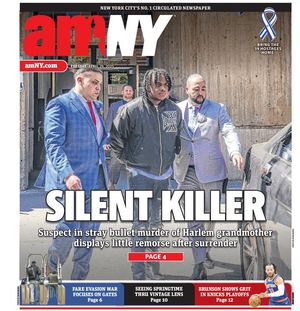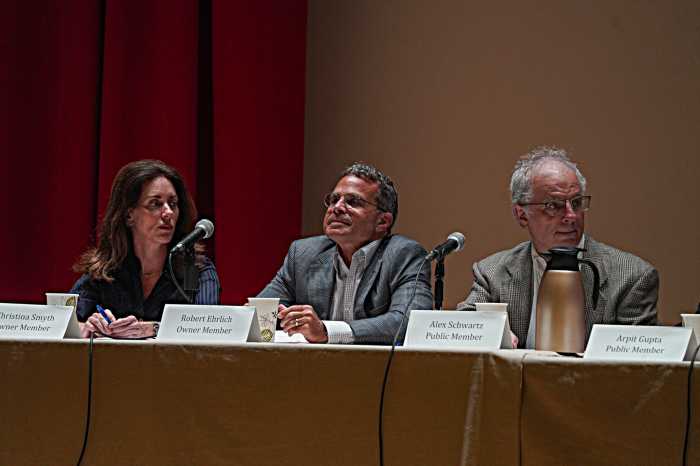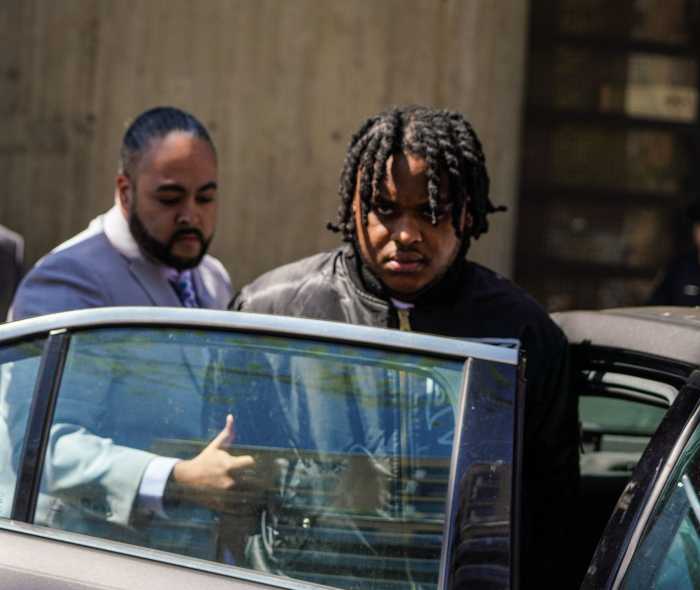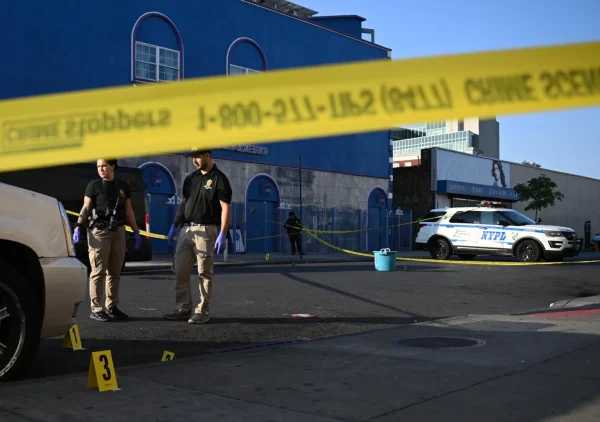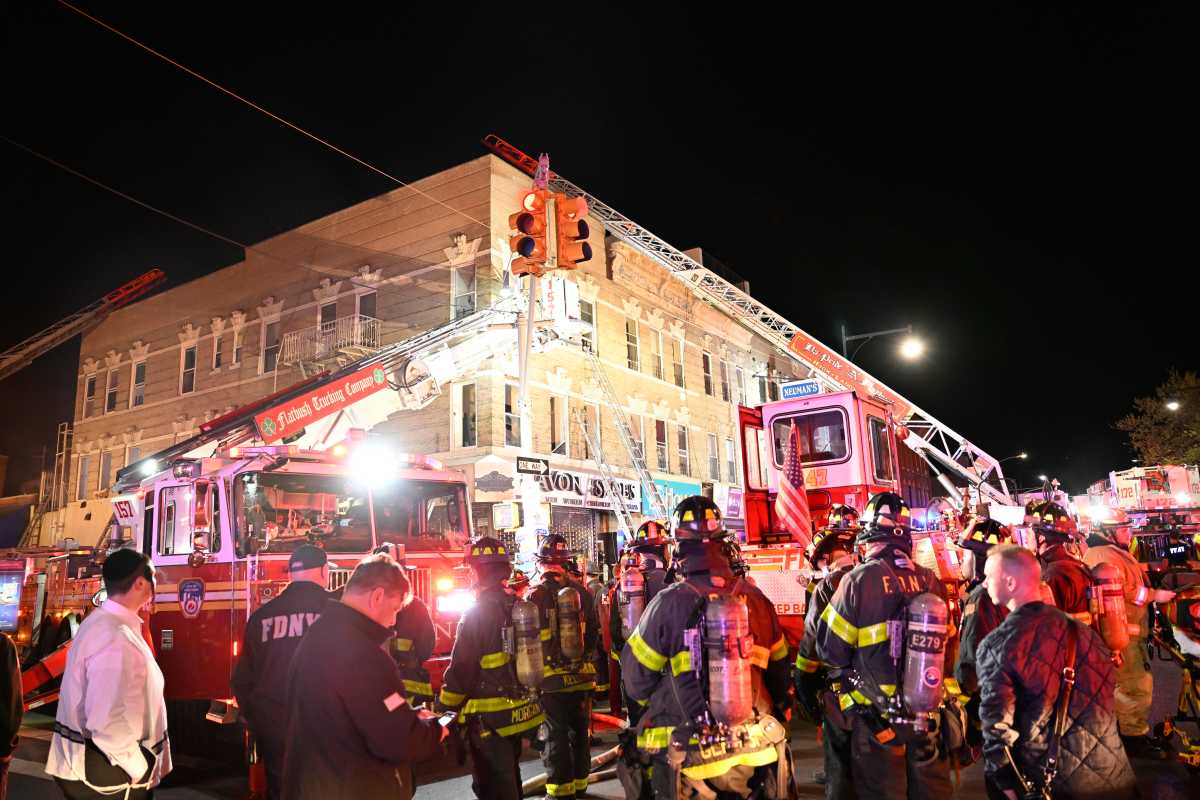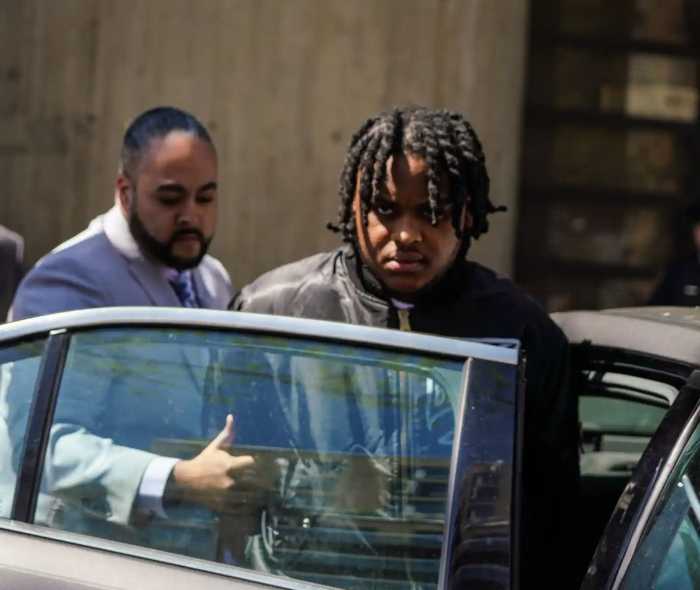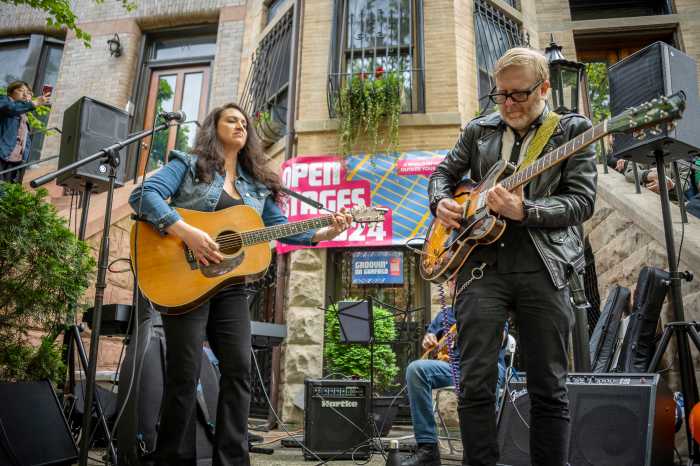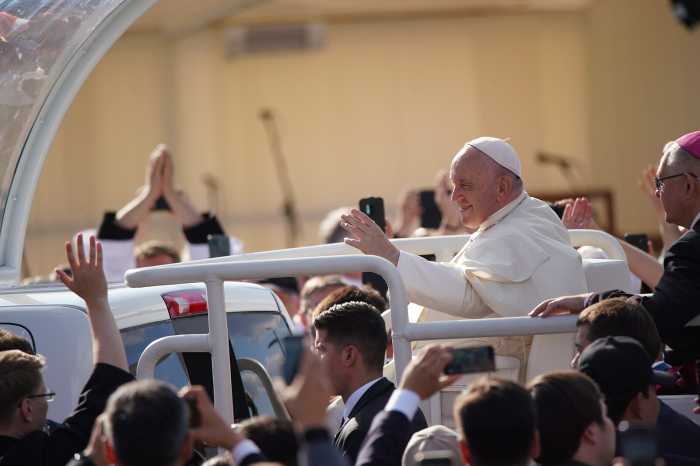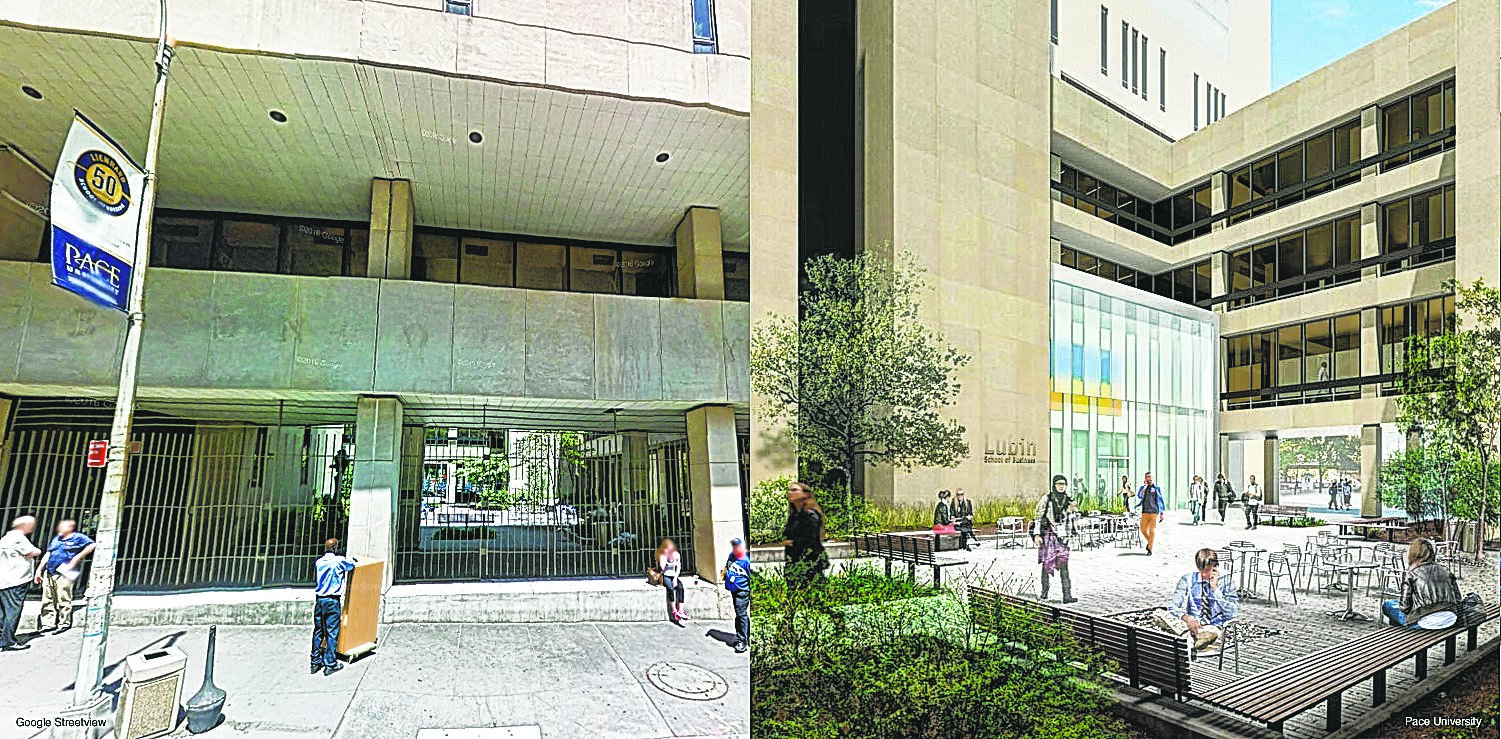
BY COLIN MIXSON
Pace University is retrofitting its Lower Manhattan campus to provide future scholars an edge in the competitive job market of the future, and the more-than-century-old school will invest a whopping $190 million in expanding and modernizing the university’s dual Downtown properties.
The inaugural, $45 million thrust of Pace’s three-phase master plan is tailored towards providing collaborative spaces on campus for the university’s population of resident scholars, who have transformed the institution from what was once largely a commuter college in to a place where students both live and learn, according to Pace University President Stephen Friedman
“If you go back to the year 2000, Pace in New York City had 500 residential students — everyone else was a commuter — and now there are 2,600 residential students,” Friedman said. “So one of our main points of focus is on students and giving them places to collaborate and work together.”
The work will see the first floor of the university’s flagship, citadel-like property at One Pace Plaza undergo a complete redesign, with new accommodations including a welcome center, event spaces, student common areas, learning spaces, and study areas.
One Pace Plaza was originally built in the 1960s, with a closed, Brutalist style of architecture designed to provide students with a quiet sanctuary shut off from the hubbub of the overwhelmingly commercial Downtown area, according to Friedman.
But just as the school has changed since the turn of the century, so too has Downtown, and the building’s façade will be altered with new windows in order to let in the redefined neighborhood’s new vitality.
“What we’re doing now is really opening up One Pace Plaza to what’s become an incredibly vibrant and diverse Lower Manhattan,” the Pace president said.
Additionally, the university’s art gallery, which is currently hidden away from the public in the Pace Plaza building, will be moved to first-floor, window-side accommodations at 41 Park Row, where student and faculty creations will enliven the streetscape and advertise the school’s artistic achievements, according to Jean Gallagher, vice president of strategic initiatives at Pace.
“Putting the gallery front and center in a public space will help to promote the reputation of Pace and create a much more welcoming streetscape,” Gallagher said. “You’ll be walking by an art gallery instead of offices.”
Phase one work is scheduled to begin this summer, with construction expected to wrap up sometime in the fall next year.
The second phase, likely to come as the university’s most costly investment amid the flurry of work, will add two additional floors on top of One Pace Plaza’s west building to provide a home for the Lubin School of Business.
The majority of the façade work at the university’s main building is like to accompany the sophomore stage of Pace’s master plan, Friedman said.
The final phase of the plan will see the campus’s remaining classrooms modernized, with cutting-edge learning learn aids installed to enhance the way Pace’s multi-disciplinary curricula are taught.
“The whole process of teaching and what we teach has changed dramatically,” Friedman said. “Pace has gone through a major renaissance in terms of the physical space, the number of students we have, the range of academic programs, a major renewal of the faculty — it’s a very different place than it was 10 or 15 years ago.”
The inauguration of the renovation work will come as a capstone to Friedman’s decade-long career as Pace’s president, and the venerable academic man will be stepping down this summer to be replaced by Oberlin College president Marvin Krislov.
Friedman took the top post at Pace in 2007 at a time he described as a “low point” for the school, with enrollment down, and taking over for a more conservative administration that placed a lower value in investing in the school’s future.
By selling off properties at the school’s Westchester campus, Friedman was able to consolidate and modernize Pace facilities upstate, and set the university on a path towards growth that continues today, he said.
The president, who’s second five-year term is coming to end, said his work now is largely complete, and while there’s always more to be done, he thinks it’s time to bring new blood into the task.
“I think its an appropriate time to have new ideas and new energy to this really terrific story we have at Pace,” Friedman said.
